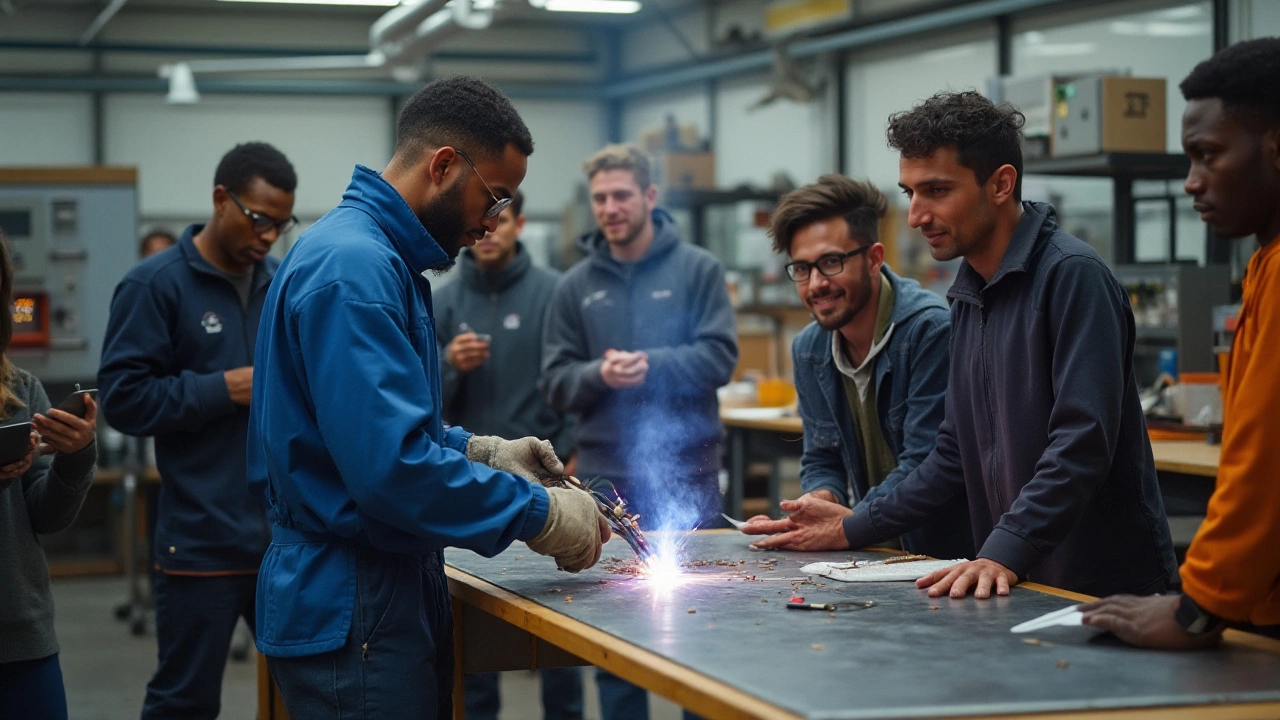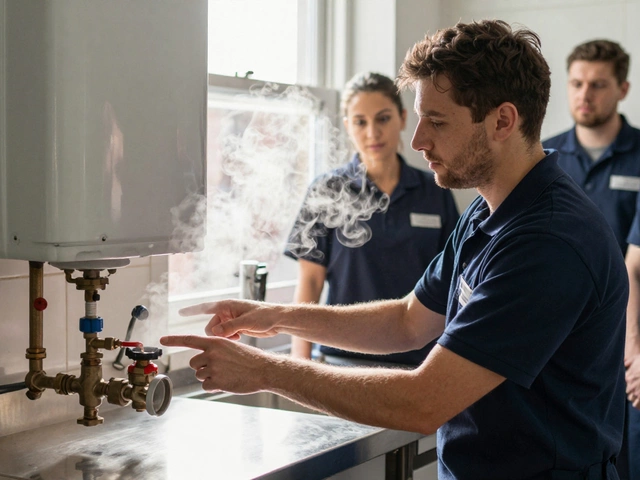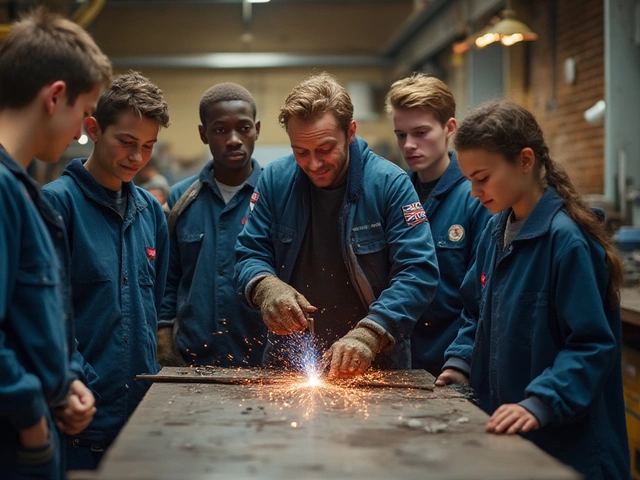Welding Programs: What You Need to Know Before You Start
If you’ve ever watched a metal spark and thought, “I could do that,” you’re not alone. Welding is a skill that pays well, offers job stability, and lets you create something tangible. But jumping in without a plan can lead to wasted time and money. Below, we break down the basics of welding programs so you can choose the right path and get to work faster.
How Long Does It Take to Learn Welding?
Most people ask this first, and the answer isn’t one‑size‑fits‑all. A short, intensive course can give you the basics in 4‑6 weeks – enough to start simple projects or an entry‑level job. Full‑time apprenticeship programs usually run 12‑18 months, mixing classroom theory with on‑site practice. Part‑time night classes stretch that timeline to 2‑3 years but let you keep a day job.
Key factors that affect duration are:
- Learning style: Hands‑on learners often progress faster in a shop environment.
- Program focus: MIG welding is quicker to pick up than TIG, which demands finer control.
- Certification goals: A basic NVQ Level 2 can be earned in a few months, while a full‑fledged welding engineer qualification can take years.
Plan your schedule around a realistic timeline. If you need a paycheck right away, a short certificate plus an apprenticeship is a solid combo.
Choosing the Best Welding Course for You
Not every welding program is created equal. Here’s a quick checklist to help you spot a good one:
- Accreditation: Look for NVQ, City & Guilds, or recognized industry bodies. These make your credential count with employers.
- Equipment: Modern machines, proper safety gear, and a well‑ventilated shop signal a serious school.
- Instructor experience: Teachers who have spent years on the job bring real‑world tips that textbooks miss.
- Job placement help: Programs that partner with local manufacturers, shipyards, or construction firms can fast‑track your first role.
- Flexibility: Online theory modules plus weekend shop time work for busy adults.
When you compare options, ask current students about the hands‑on time they get. Too much lecture and not enough welding means you’ll leave the class still unsure how to hold the torch.
Another tip: start with a MIG course if you’re a beginner. MIG (metal inert gas) welds faster and is easier to master. Once you’re comfortable, you can branch into TIG (tungsten inert gas) for precision work, especially if you aim for aerospace or automotive jobs.
Finally, budget wisely. Many schools offer payment plans or government loans for vocational training. Some apprenticeships even pay you while you learn, which is a great way to avoid debt.
In short, a good welding program teaches you safety first, gives you plenty of real welding practice, and ends with a recognized certification. Match the program length to your career timeline, check the checklist above, and you’ll be set to torch your way into a rewarding job.




